[note: clicking on links below may take you to affiliate partners who may pay a commission should you make a subsequent purchase.]
Whew! When I think back to 2014 and my first purchase of a serious camera I had one camera (the Sony a7) and one lens (the 28-70 kit lens). Since then, things have, well, escalated a bit.
Coupled with the lack of a girlfriend/spouse and a fairly successful full-time job, I’ve been able to acquire a completely ridiculous wholly unnecessary excoriatingly absurd pretty healthy amount of camera gear over the past few years. Since I talk about photography pretty often on the blog I get questions about my gear, what cameras I’m using, lenses, etc., so this post is going to cover all of it.
I’ve had lots of iterations of cameras and lenses over the years, but here is what’s in my bag at the end of 2018 and why. There’s a lot of overlap in my equipment, and of course it’s never all about the gear, it’s how you use it, but I have what I have, so let’s talk about it!
Note: if you’re interested in my camera recommendations, please check out the Camera Recommendations page, freshly updated!
Cameras
I made an enormous investment in a camera in 2018, as well as bought another (but then traded it away, we’ll get to that in a bit).
Sony a7rIII – absurd versatility
I love my Sony alpha cameras and the a7rIII is truly the best of breed. I use it for literally any type of photography I do and also for videography. Its 42-megapixel sensor is incredible and it has oodles of dynamic range which gives me plenty of flexibility in post-processing. It’s my travel camera, my professional camera, and my sports/event camera. There’s not a single thing it cannot do. Yes, it’s expensive, but it’s so absurdly versatile (due to the adaptability of other manufacturer’s lenses) that it’s worth it.
Fuji GFX 50S – My medium format monster
I recently made a huge investment and acquired this Fuji Medium Format camera. I’ve begun doing commercial headshot photography as well as more and more portraits. The a7rIII was excellent for those but it shoots at a 3:2 aspect ratio. This medium format camera shoots at a 4:3 aspect ratio, which is just so much better for portraits and headshots. Now, I know what you’re thinking, there are plenty of micro 4/3 cameras out there, and you’re right, but I wanted the uncompromising dynamic range and image quality of medium format and I felt the Fuji would be a great long-term investment. It’s not nearly as good as the a7rIII in low light, but the images I’ve been able to take in my home studio are incredibly good.
Sony a6500 – trusty video b-cam
I love my a6500 (which I used to take all the pictures for this post and then promptly forgot to take a picture of the a6500 by itself, sorry). It’s tiny, takes great images from its 24-megapixel crop sensor, but my main use is for vlogging while I’m out on the road for the official Andy’s Travel Blog YouTube Channel.
Sony a7III – bought and traded
I purchased an a7III in August of this year because it’s one of the best all-around cameras in history. But I traded it away. For what, you ask? Read on.
Lenses
I’ve made a few lens acquisitions this year and sold a few as well. I have a complete collection of lenses at this point and there’s only one other lens I’m really feening for, which I’ll detail below while talking about the lens I’d like to replace.
Sony Lenses
Sony 24-70 f2.8 G Master – my all-arounder
This lens is on my a7rIII about 75% of the time. It’s versatile, has been durable for me (despite a slight crack in the front element of the lens), and takes quality images. It’s a lot more expensive than the f4 version but it’s a much better lens. I’ve taken portraits, headshots, and sports images with this lens, it’s a perfect all-arounder.
Sony 12-24mm f4 G – super duper wide-angle
This super wide-angle zoom has been a good lens for me. It’s incredibly compact, and zooms internally, so it’s easy to bring along with me on the road. I mainly stick this on the a6500 for vlogs, since I just don’t shoot that much wide-angle stuff on my full-frame a7rIII anymore. The one thing I really dislike about this lens is the bulbous front element, which means it’s difficult to put filters on it. For this reason, and because the alternative is so amazing, I’d like to replace this with the 16-35 f2.8 G Master somewhere down the line. I’ve been really happy with the 12-24 though!
Sony 70-200 f2.8 G Master – [chorus of angels sings]
This lens is stupidly expensive, absurdly heavy, and hilariously enormous compared to the tiny mirrorless Sony camera bodies…and all of that is worth it when you start seeing the images from it. Images are crisp, contrasty, and have a certain character to them that I haven’t seen elsewhere. I use this one for sports photography and for portraits, but there are a few landscape scenarios I’m planning for next year that will include this monster of a lens. It’s just a joy to shoot with. That said, the f4 version is much cheaper, much lighter, and takes fantastic images as well (I had one and sold it when this one came out).
Sony-Zeiss 50mm f1.4 – Crispy!
(quick note: good grief these lenses are dirty, I know!)
One of the first lenses I picked up for my Sony kit was the wonderful and tiny 55mm f1.8. It was lovely, sharp, and contrasty, and it’s a great value. But the images from the 50mm f1.4 are even better. This is a smaller lens but it’s dense and weighty. I use this lens for event photography in low-light situations, where I need the super-fast aperture. I also use it whenever I’m doing aerial work from a helicopter at night, although I haven’t done that in a minute. Sony has a good 50mm f1.8 that is value-priced, but if you want uncompromising image quality out of a nifty-fifty this one is it. I love shooting with this lens whenever the opportunity presents itself.
Sony 90mm f2.8 Macro – Ow-level Sharpness
Sharp. That’s the word you need to keep in mind about this lens. It’s the sharpest lens I’ve ever used. Not by much, but not by a little either. I don’t do an incredible amount of macro work anymore but I’ve found 90mm is a great headshot focal length and I’ve used this lens plenty for headshot work with friends and clients. From a macro standpoint there are probably many people better qualified than myself to talk about its capability there but I’ve enjoyed the quality of this lens. The one knock on it would be autofocus speed, but that’s typical of macro lenses, and there’s a focus limiter switch to help with this.
Canon Lenses
Canon lenses on a Sony? And a Fuji? Yep, you bet. I use a Sigma MC-11 adapter to adapt Canon lenses to my Sony cameras and a Techart adapter to adapt Canon lenses to the Fuji GFX 50s (which works surprisingly well). I do not own a Canon camera but there are certain lenses they make which simply cannot be beaten.
My new baby – the Canon 200mm f1.8 “Holy Grail”
The Holy Grail. The discontinued, the super-rare, the needlessly enormous Canon 200mm f1.8.
This is why I don’t have the a7III anymore. I’m a member of a Dallas photography Facebook group and someone mentioned they had a 200mm f1.8 and would trade it for an a7III. Boom, done. I had long heard about this incredibly rare lens and just had to have it for myself. I’ll do a full review soon, but suffice it to say that even though this lens was made in December 1993 it’s so freaking fun to use! Actually, let me clarify, it’s fun to use with a tripod or monopod, since it weighs 7 pounds! What’s so crazy about using it on a Sony camera is I get to take advantage of the great Sony features like Eye Autofocus, which works via the MC-11 adapter!
There were a lot of risks acquiring this lens. Since Canon discontinued these in 2004 (favoring the more modern design of the 200mm f2 and, more importantly, because Canon committed to being lead-free and the 200mm f1.8 used lead in some of the grinding processes for the glass) they no longer service them. There are a few camera shops in the USA who will work on them (provided they have the parts) but it was risky either way. These were primarily for photojournalists to use and many are beat up pretty badly, but this one is an absolute gem. There’s not a scratch or scuff on the lens (or even the lens hood!), so I got incredibly lucky with this one. I mean sure I’d probably sell it for the right price, but until then I’m just happy to own it and I use it whenever I can.
Canon 24mm TS-E II Tilt-Shift – an all-time great
Canon TS-E 24mm f/3.5L II Tilt-Shift Lens
This is one of the greatest lenses ever made and is my main architecture photography lens. I take it with me on trips for hotel and airline lounge reviews as well. It only has manual focus but the Sony’s focus peaking allows me to really lock my focus in. Tilt-shift lenses are a little difficult to use, as I demonstrated in this video, but man when you get everything right the images just have a character to them that’s almost impossible to replicate. This lens truly opened my eyes to new possibilities for one of my passions (architecture photography) so I’m grateful to have it and look forward to using it more on my Fuji as well!
Canon 50mm TS-E Tilt-Shift f2.8 Macro – New Hotness
Canon 50mm f/2.8L Macro Tilt-Shift
I recently picked up this lens to help with an architecture photography project. I had high expectations, based on my love of the 24mm TS-E, and the expectations were met! It has great image quality, on par with the 24mm, and the macro capability is a nice touch as well. Using this lens on the Fuji GFX 50s will be an absolute treat, as the crop factor will give it the equivalent of a 40mm view, which will be perfect for my current project.
Canon 17mm TS-E Tilt-Shift – For Sale!
Canon TS-E 17mm f/4L Tilt-Shift Lens
Canon’s super-wide 17mm tilt-shift is a great lens for super-tight spaces. I bought this one used from a buddy of mine and then had Canon service replace the tilt assembly. It works great now and it really is a great lens when the situation calls for it, I just usually don’t need to shoot this wide. If anyone is interested, let me know!
Fuji Lens
Just one Fuji lens for now, but really I have four lenses I can use with it (the Canon tilt-shifts all work via the adapter, sadly the 200 1.8 doesn’t appear to work).
Fuji 110mm f2.0 – Even newer hotness
Fujinon GF110mmF2 R LM WR Lens
When I decided to get the Fuji camera I did it for one reason: this lens. 110mm translates to about 87mm on a full-frame sensor, so this is the absolute perfect focal length for headshots. The lens is incredibly sharp and really brings the best out of my new camera. There’s going to be a full review up soon but the image quality is really hard to overstate. I’m so happy that I get to shoot with this lens and count myself incredibly blessed to be able to do so.
Tripods
This one is simple, I use Mefoto tripods, specifically a silver Globetrotter and a blue RoadTrip. These things are cheap, light, and great. Sure, some of the stickers are coming off, but my Globetrotter has been with me on five continents now and is holding up as great as ever!
Lighting Gear
As my interest in headshot and portrait photography has grown, so has my need for lighting equipment! I’ve invested heavily in the Godox system, which works for my Sony and Fuji cameras. I also have a particularly specific piece of gear from Westcott, the Peter Hurley Flex Kit, which is one of the best headshot lighting kits on the market. (I may have a problem, I admit)
Godox AD600BM 600Ws High Speed Sync Outdoor Flash Strobe Light
I use Godox AD600 battery-powered strobes with a variety of modifiers, mostly from CheetahStand, as well as a smaller AD200 mini-strobe and a variety of Godox speedlights.
Now, do you have any questions for me?
Phew, that was involved! My set of equipment is more than complete at this point and I’m very blessed with the equipment I’ve been able to assemble by way of probably 60% personal investment and 40% my commercial photography work.
I hope this gives you a glimpse into the tools I use to create the images for this blog. I’m happy to answer any questions you have about any of the camera gear, including why I got this lens/camera and not that one, etc. The best part of photography is getting to know others in the photography community, so I’d love to help however I can!

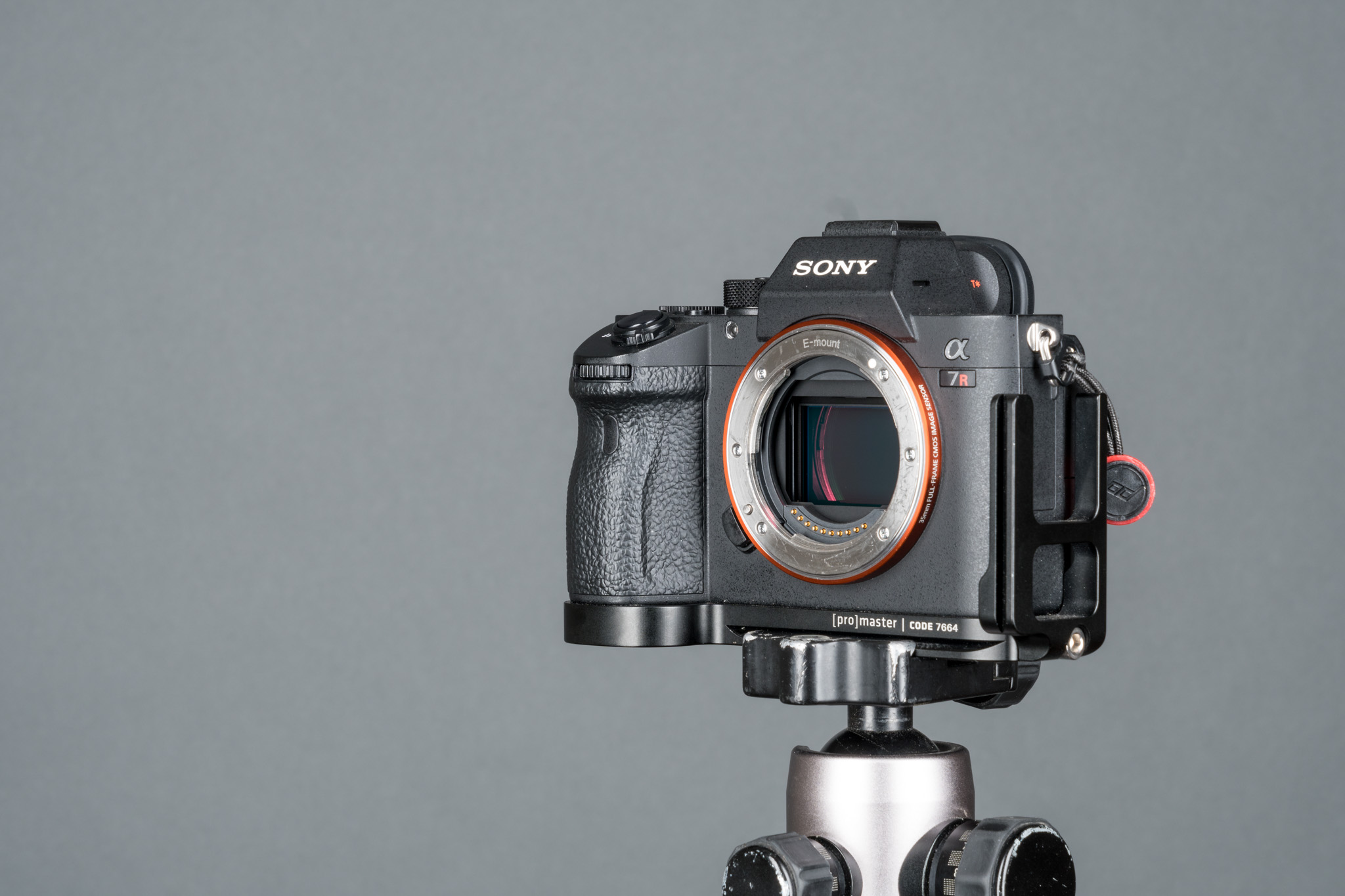
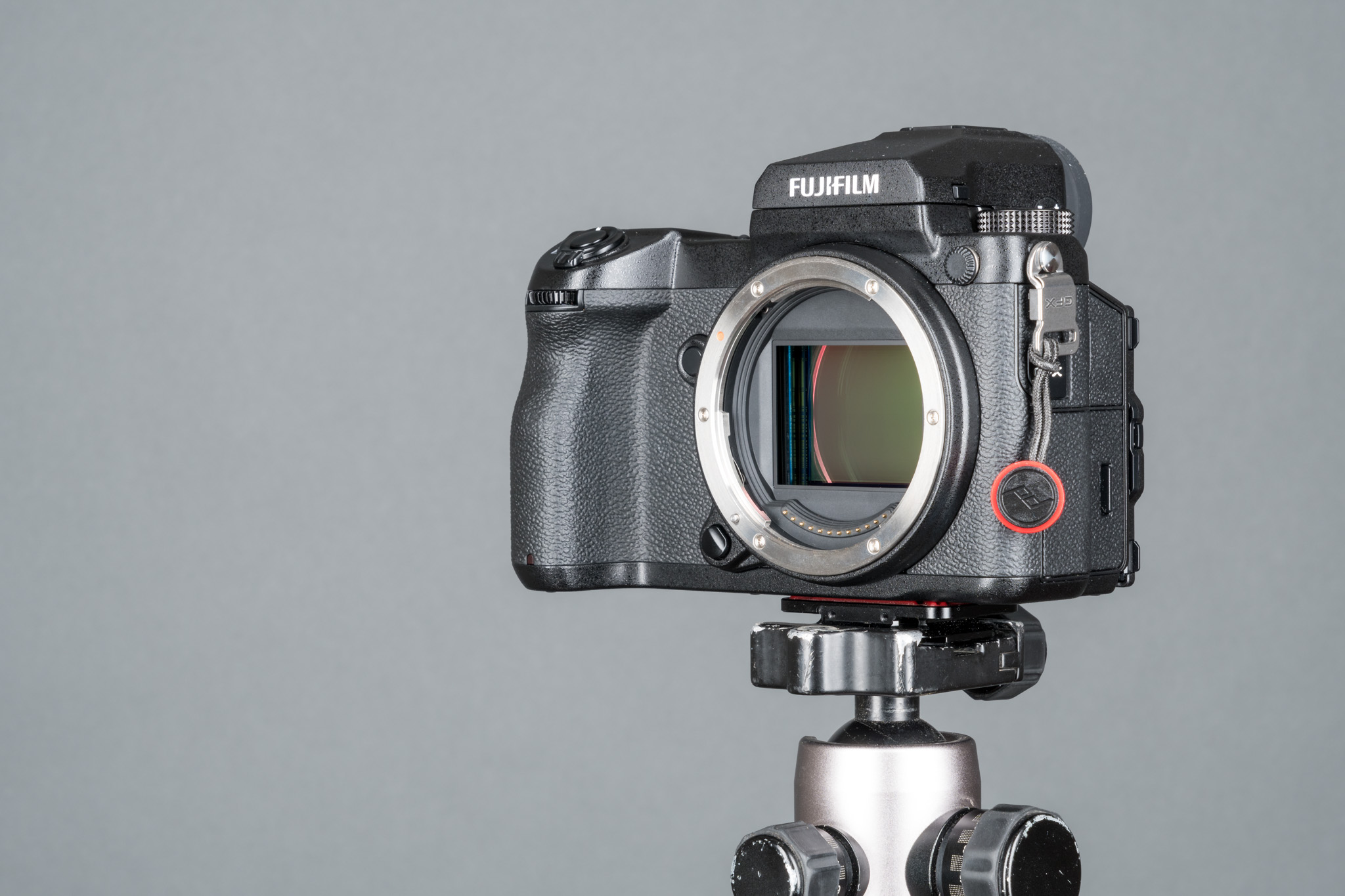


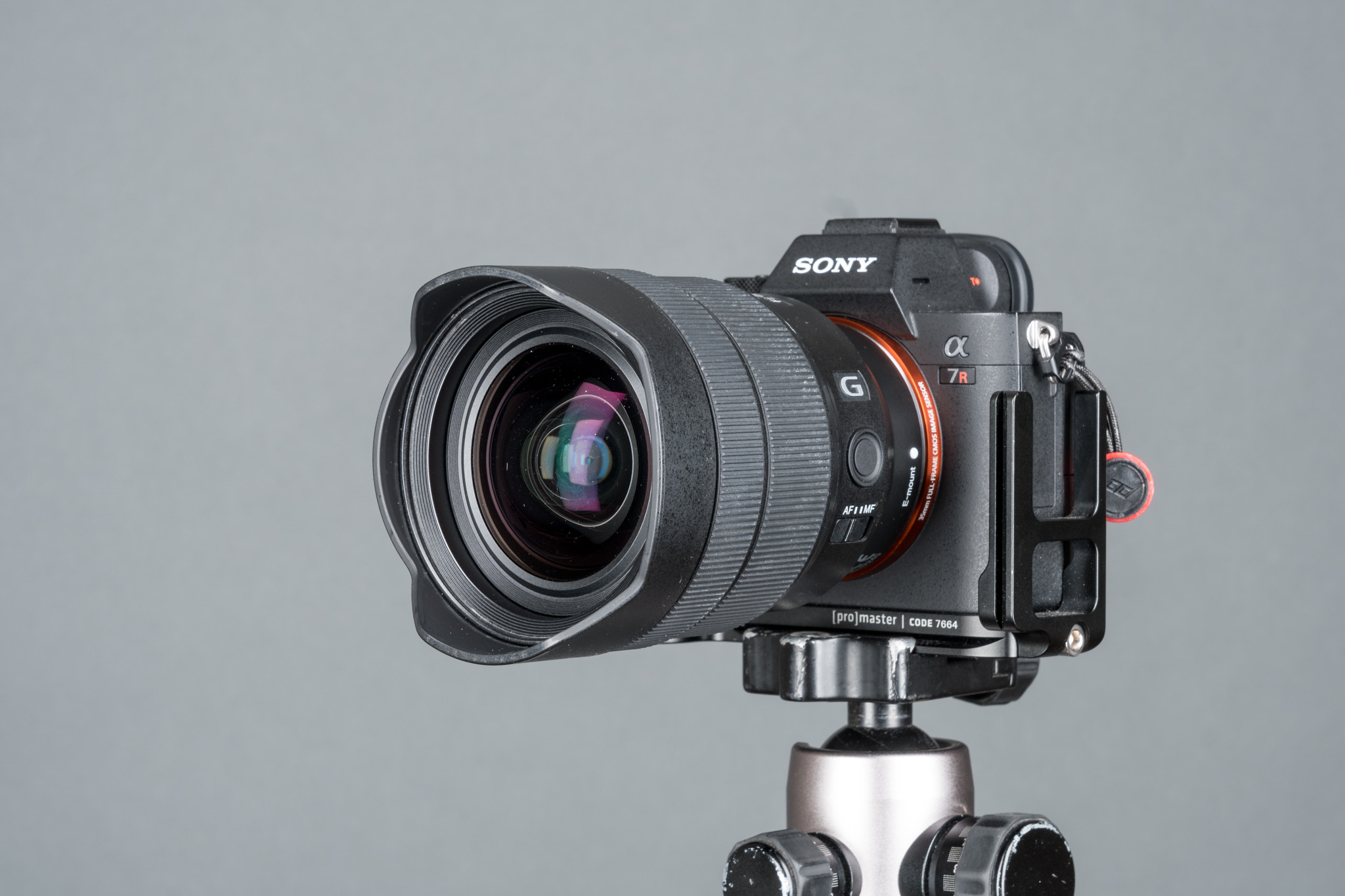
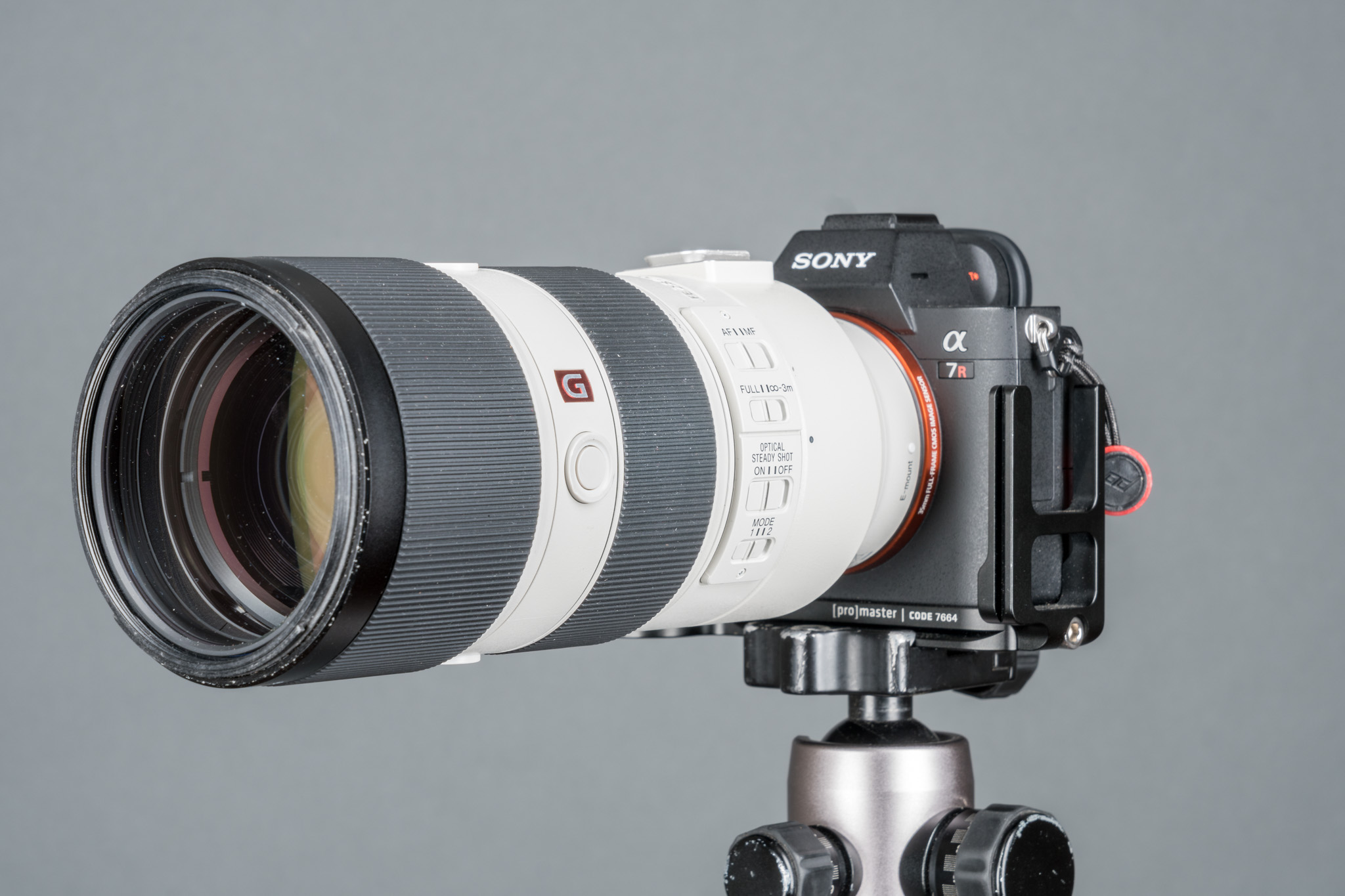
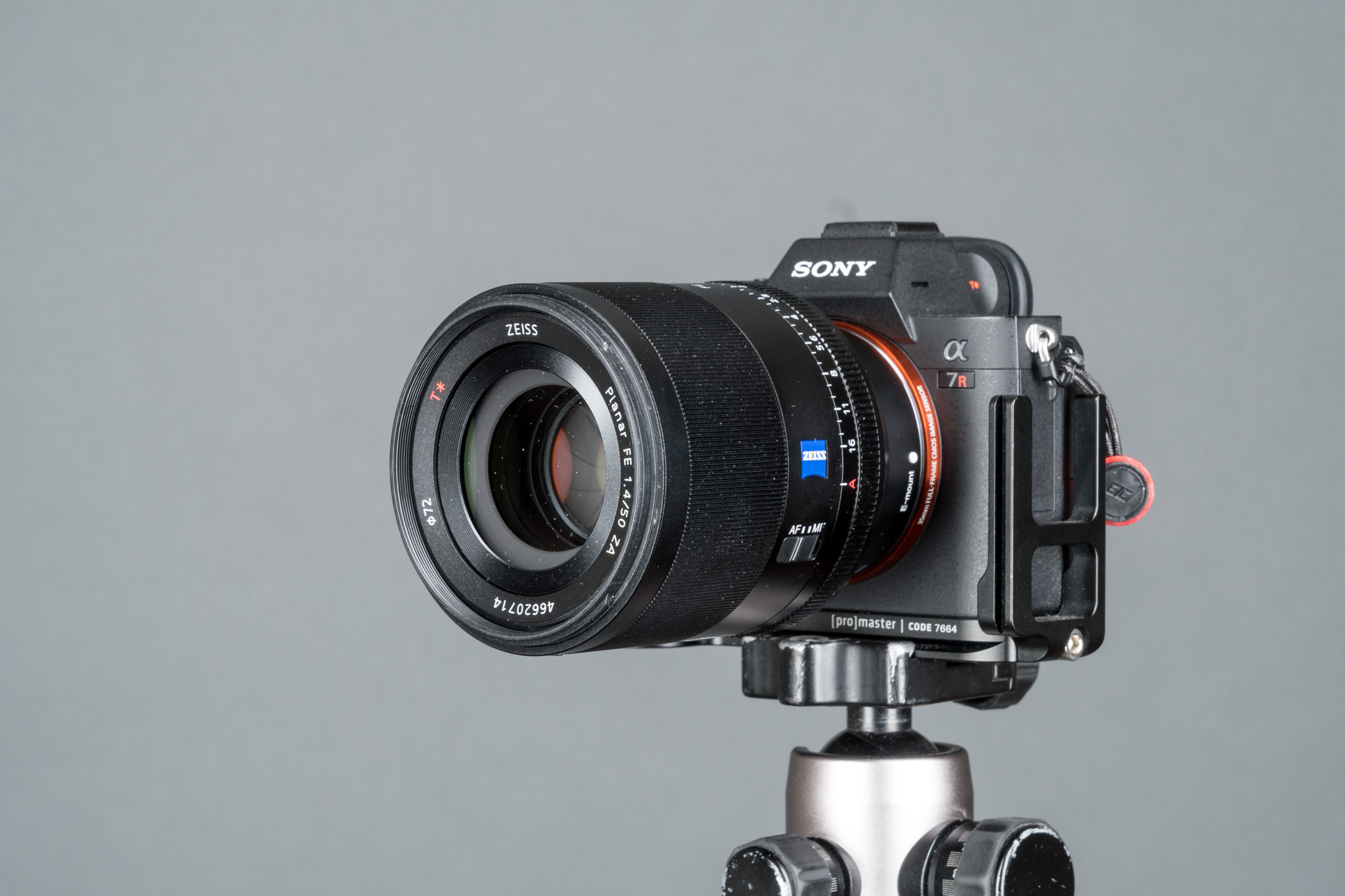
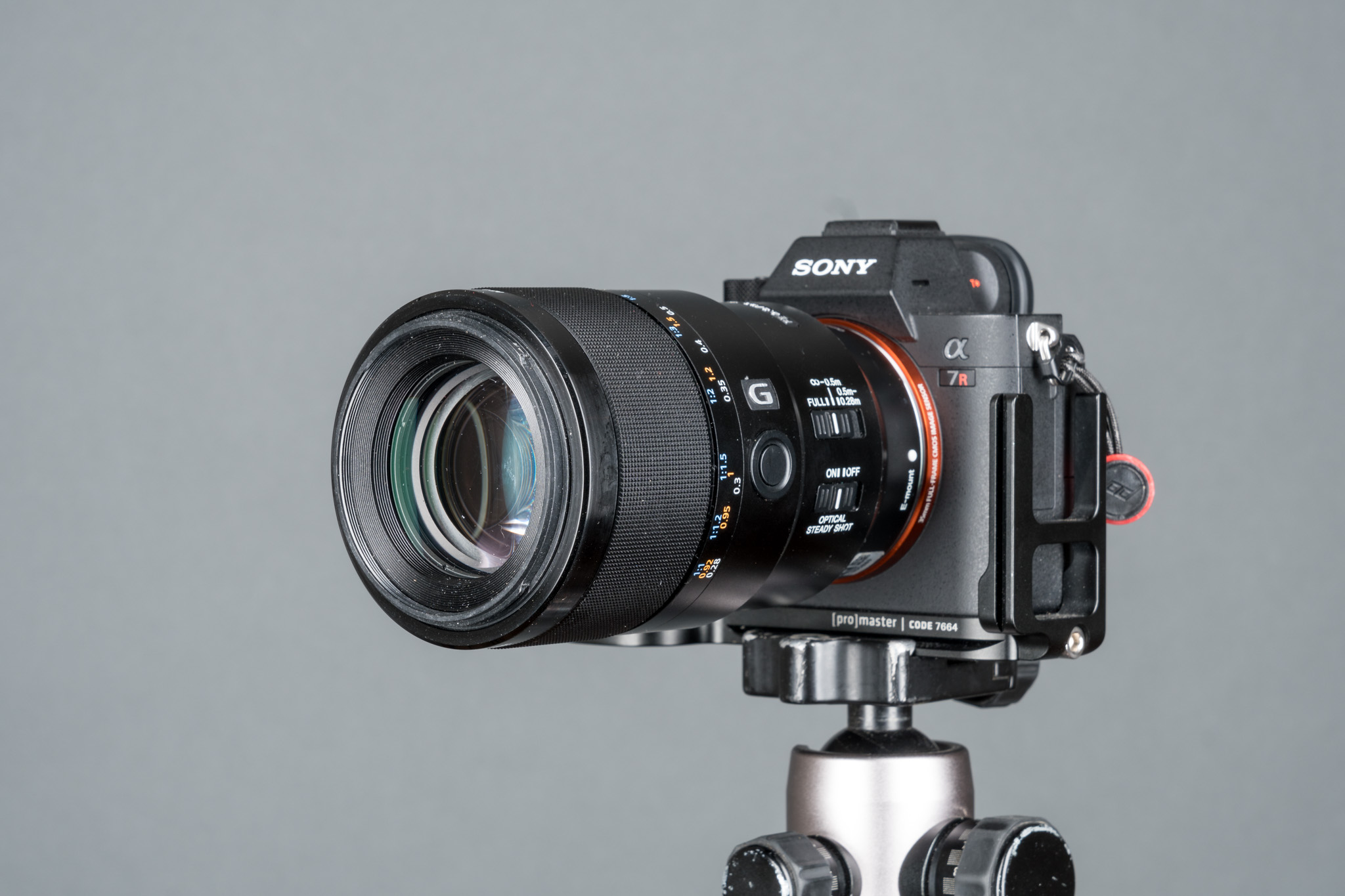

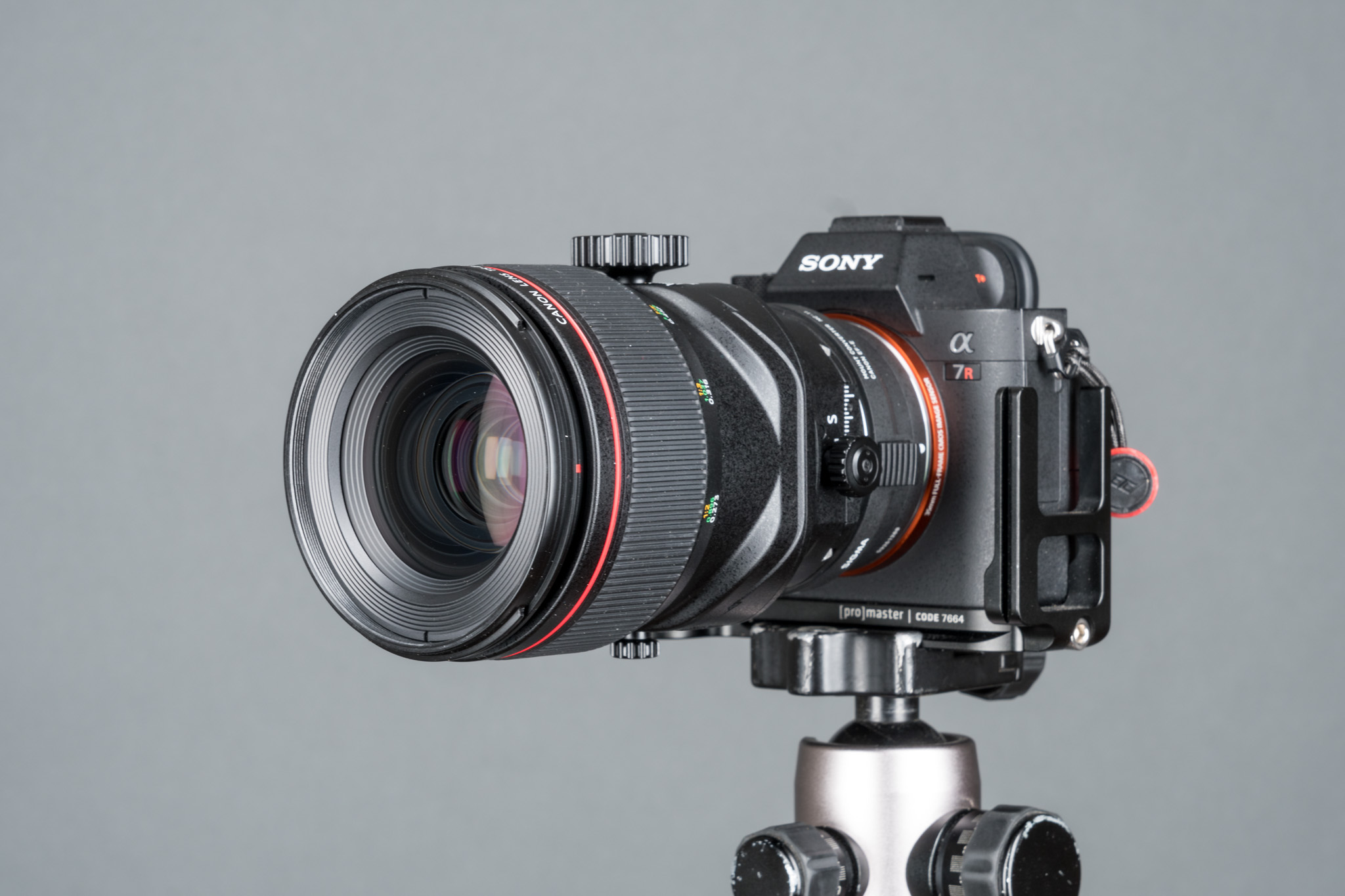
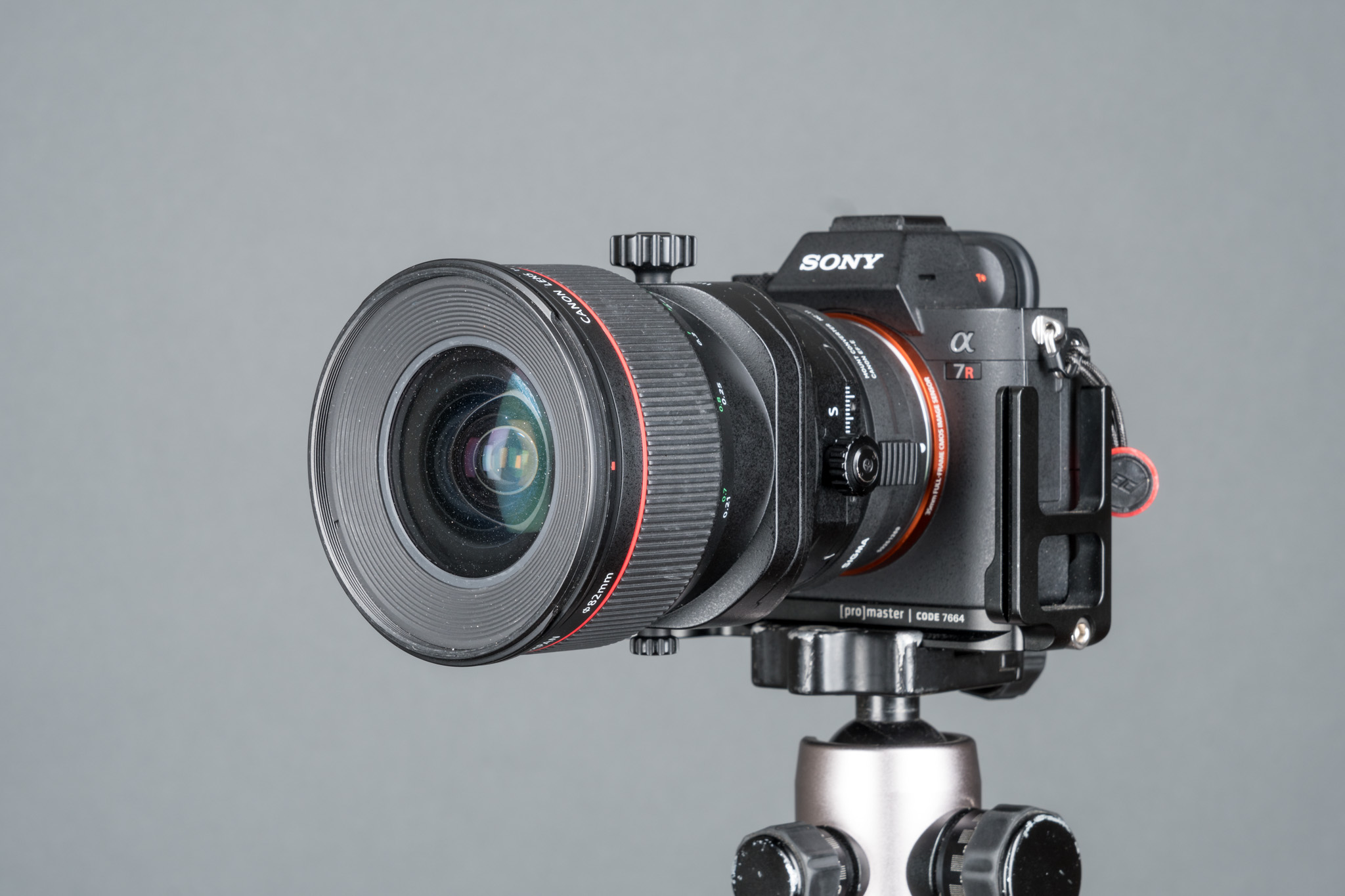
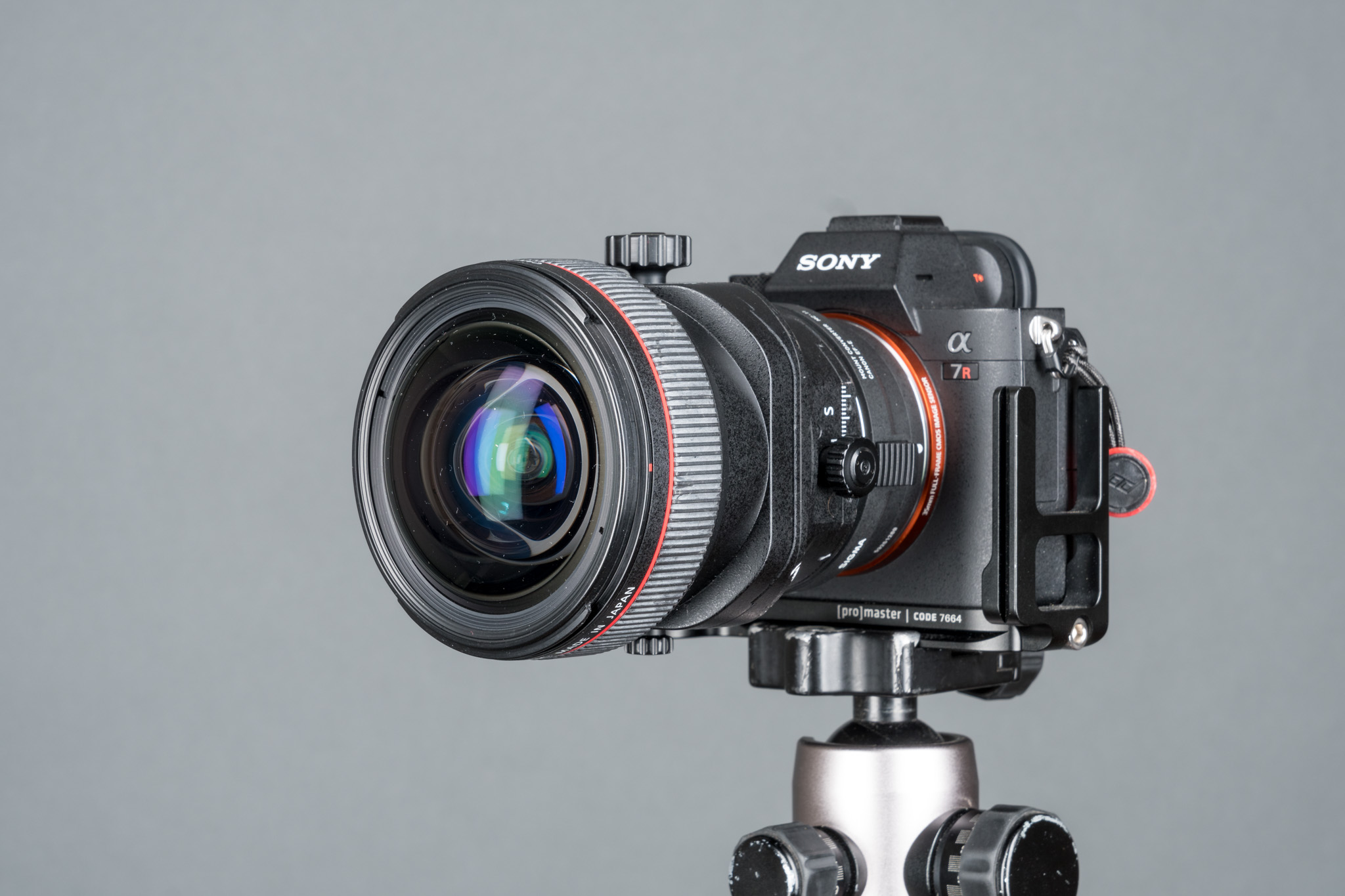

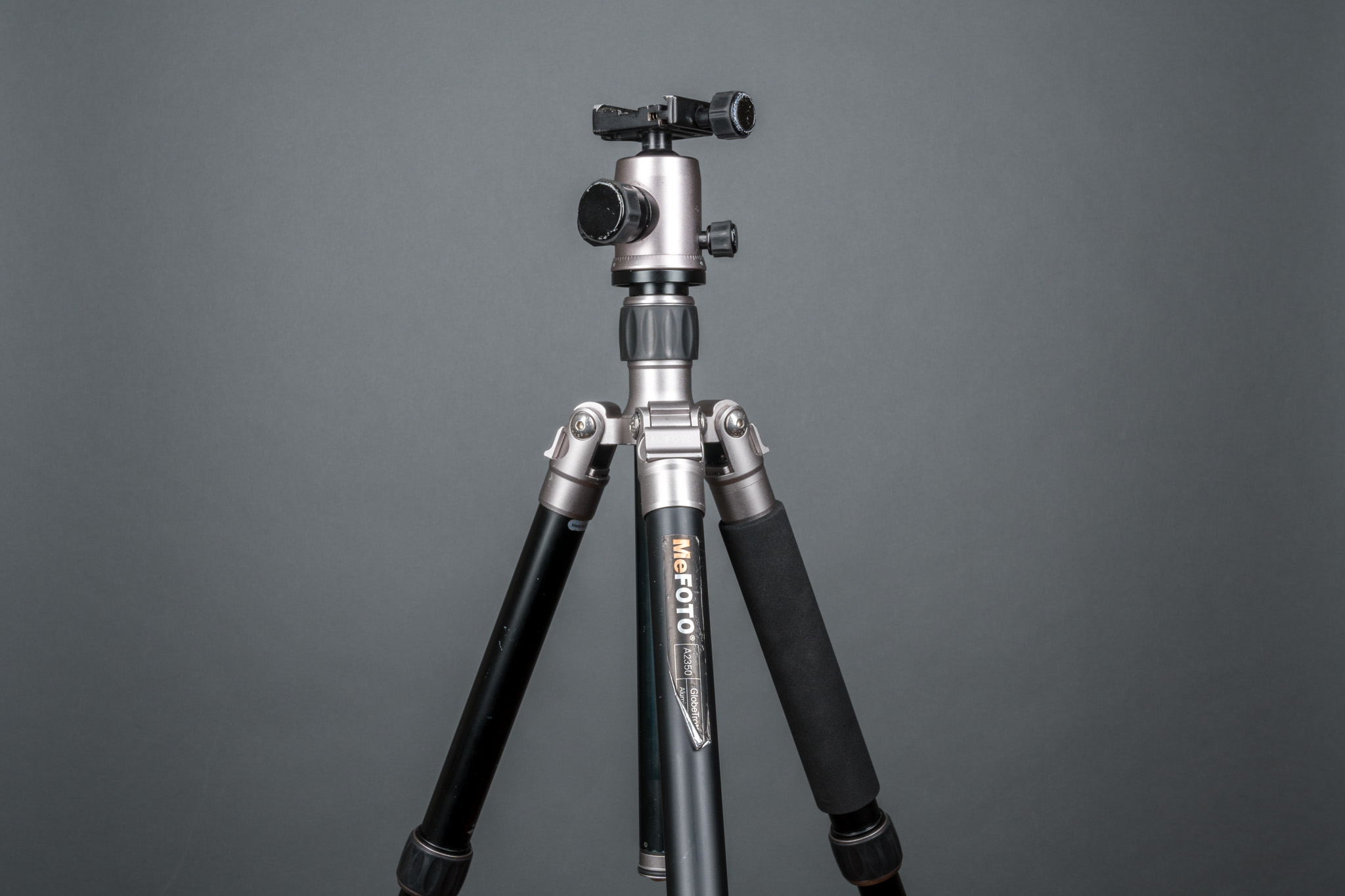
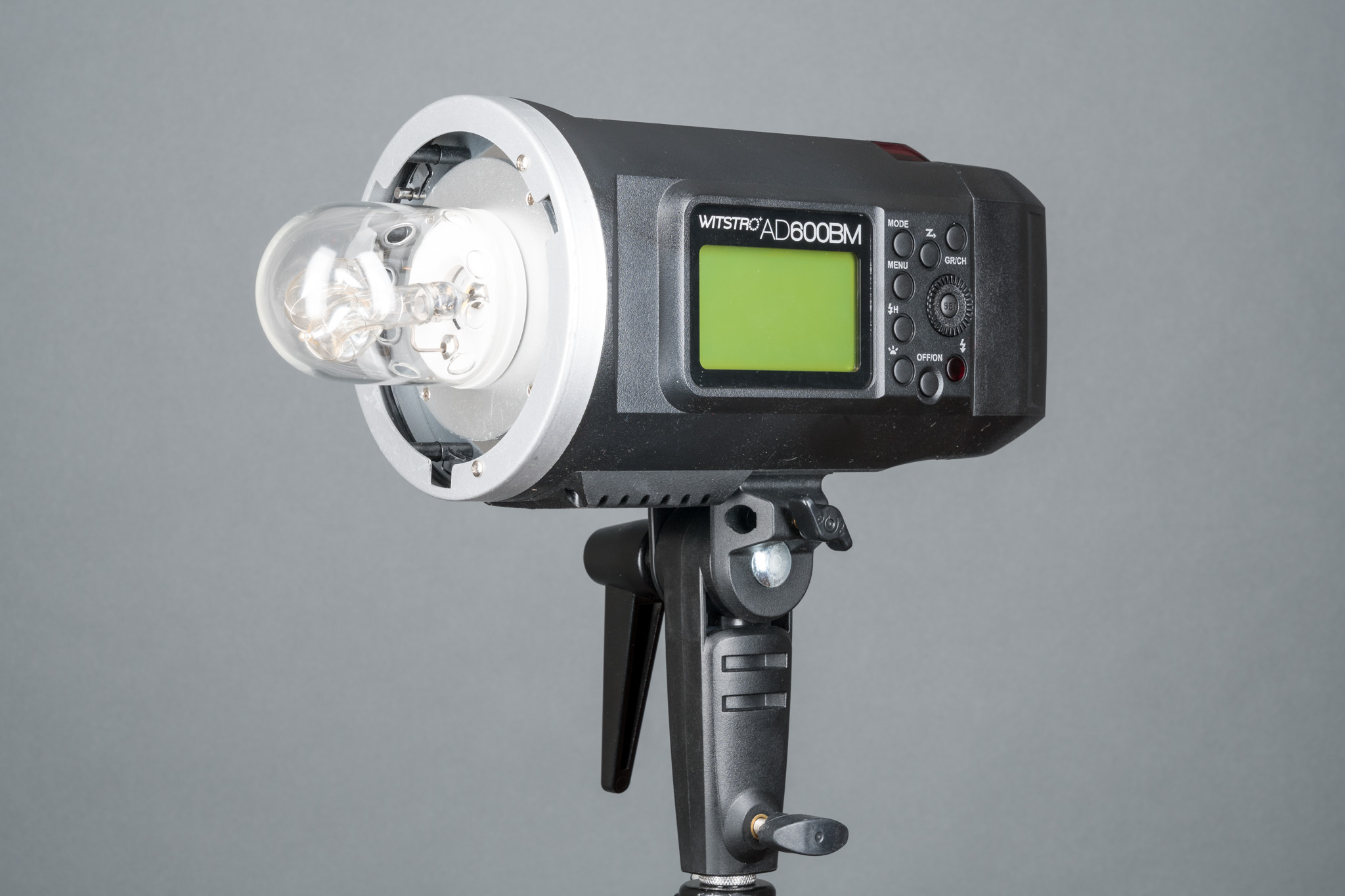

I was thinking of getting a Sony – E 10-18mm F4 OSS Wide-angle Zoom Lens for my a6300. Do you have any experience between that lens and the one you have Sony 12-24mm f4 G – super duper wide-angle? Looking for a good travel landscape lens.
It’s a great lens, albeit a little expensive. It’s the equivalent of a 16-35mm on a full-frame sensor and I know plenty of people who have used that lens and loved it!
You don’t take photography lightly for sure. These cameras and lenses probably add up to $20K or so.
You’re correct, if not a little light on the price. Hopefully I’m done for a while!
Some of your lenses (definitely the Canon trade you made) is more expensive than my total camera equipment. I have a5100 with 50mm f/1.8 (+Kit lens) and Sigma 30mm f/1.4, GX85 with 25mm f/1.7 (+kit lens and Panny 45-150mm), and XF10.
I also got the A7R3 with the Sony 24-70GM but use Samyang for 14MM 2.8 for wide angle. Love the setup but heavy after a while. Also started real estate photography on side. A couple of shoots a month. What is your favorite airlines, plane and seat you have photographed. Emirates A380 first class was fun, but photographing the Ethiad 380 Apartment even better.
Same! I love the Etihad apartment, but my favorite to photograph was Lufthansa First Class on the 747-400 upper deck back when they had the seat/bed combo
Like that 200 1.8. I recently got a great deal on a mint 300 2.8 manual focus. PhotoTech in NYC did a great clean/lube/adjust on it and it feels like new. There is a lot of great, older fast glass out there for sure.
That’s a serious gear bag! I’m still using a Canon 7D with an EF-S lens because I can’t afford to make the jump to a 6D MkIII w/full frame glass. I do also have a 70-200 f/2.8 L USM IS and a 100mm macro, plus a DJI Mavic 2 Pro. By the way, how do you like the Peak Design strap you’re using? I’ve been thinking about switching over from my bulky but secure PacSsafe neckstrap.
I also fly the Luftansa First Class 747-400, this past August but no separate bed. I also got stuck going through Munich instead of Frankfurt. I was able to get the duck and ate 5 steaks, 2 schnitzels, 3 pretzels and a bunch of candy (it is literally on every table). In the lounge for 11.5 hours. I fly to from NYC to Kiev just to try Luftansa First Class. All thanks to Aeroplan miles that were transferred from Membership Reward points.